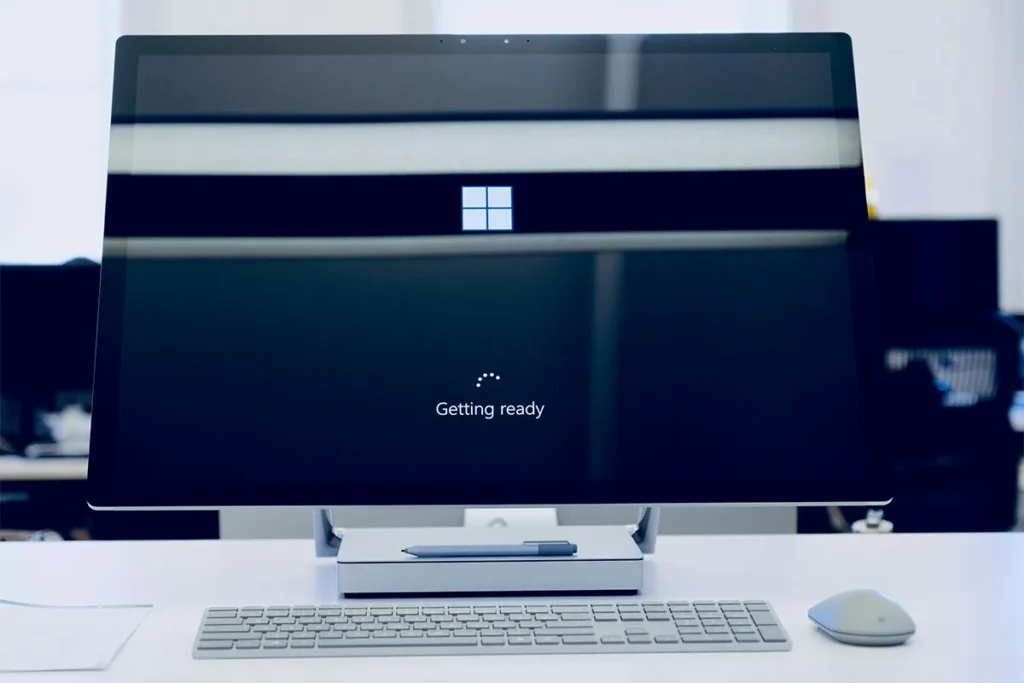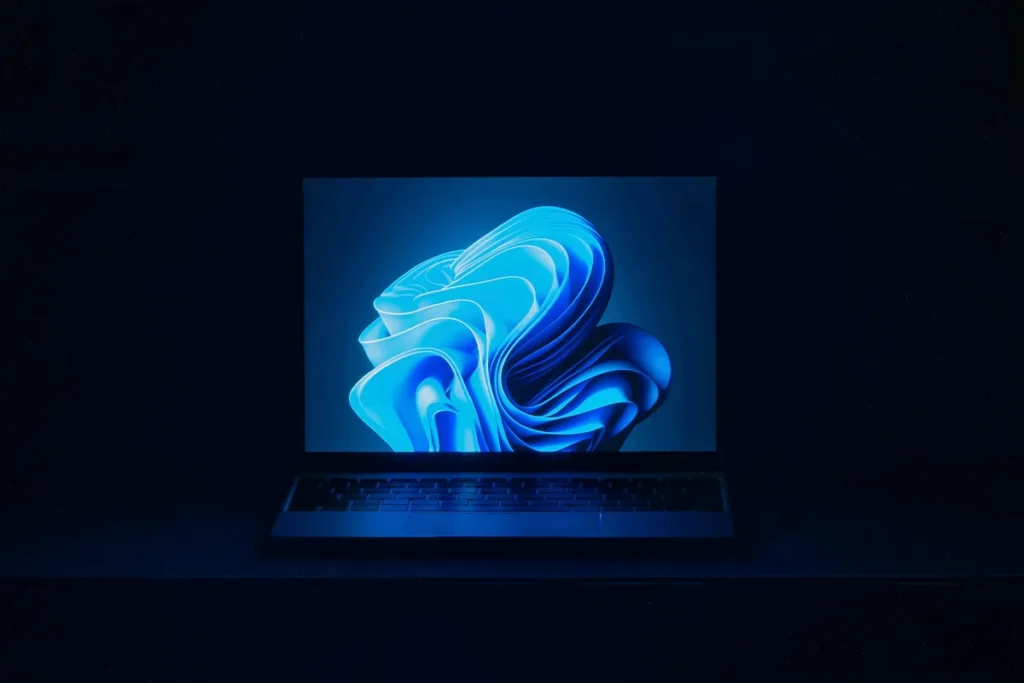While the users are still enjoying the easiest and the fastest Windows 10, Microsoft has announced a sunset date. After that, the user will stop getting the updates. These updates include security patches, feature upgrades, and issue fixations. Windows 10 has been the most popular version for its reliability, security, and speed performance. It is user-friendly, the settings are easy to understand, and it does not eat a lot of resources to run smoothly. These advantages make it one of the most favoured options for old hardware that we still use in our homes and offices. The question arises here: Do you have to upgrade to Windows 11 and leave Windows 10?
The good news is that after the sunset date, Windows 10 will still be able to run properly. What has been discontinued are only the upgrades for security patches, feature improvements, and bug fixes. This means that you do not need to necessarily upgrade your old hardware. That will still be operational, performing all tasks but without the official support of Microsoft. If you are concerned about the performance depreciation after you stop getting the updates, find out how you can fortify the security of your PC and enhance your performance by using good syncing tools.
| Table of Contents |
|---|
| What Does End of Support Mean? |
| 1. No More Security Updates |
| 2. No New Features |
| 3. No New Fixes |
| Should I keep Windows 10? |
| Comparison Table |
| Conclusion |
What Does End of Support Mean
End of support means Microsoft will not give updates, security patches, or help for Windows 10 anymore. Your system becomes more open to security threats like viruses and malware. You also do not get bug fixes or new features, and any problems you have might stay unsolved.

1. No More Security Updates
When Windows 10 reaches its end of support, you will not receive security updates anymore. These updates protect your system from new threats like viruses and malware. Without these regular patches from Microsoft, your computer is more open to attacks. This puts your personal information and files at risk. It is important to understand what changes without security updates.
Here are some key security updates that will stop:
- Virus and Malware Protection: Windows Defender will stop getting updates. This helps protect your computer from new viruses.
- Security Vulnerability Patches: Any new security flaws in Windows 10 will not be fixed. This leaves your system open to attacks.
- Ransomware Protection: Updates that protect against ransomware attacks will also not be issued. These attacks can lock your files.
- Phishing Defenses: Microsoft will stop updating tools that protect you from phishing websites. These websites try to steal your personal information.
- Network Security Updates: Security fixes for Wi-Fi connections will not be available. This increases the risk of online threats.
Your computer will still work without these updates, but you are at greater risk without security patches. To use your device safely, you need to be careful online and think about other protection methods, like third-party antivirus software. However, if you care about long-term security, upgrading to a newer version of Windows is the best choice.
2. No New Features
When Windows 10 reaches its end of support, it will not have new features. This means Microsoft will stop making updates that can improve the system. Over time, Windows 10 will feel old compared to newer systems like Windows 11. Windows 11 will get new tools and improvements. If you hope for exciting new features in Windows 10, you will not get any more.
Some features will no longer be added:
- User Interface Improvements: You will not see updates that make Windows 10 look modern or easy to use.
- New Built-in Apps: Windows 10 will not have new tools or apps that help with productivity or entertainment.
- Performance Enhancements: Updates to improve speed and system performance will only be for newer versions of Windows.
- AI and Smart Features: Features like Cortana improvements, smart search, or AI tools will only be for newer versions of Windows.
- Better Accessibility Tools: Windows 10 will not have new accessibility features like better voice recognition or other disability updates.
Windows 10 will not gain new features or improvements in the future. It will still work, but it will not get the latest tools or design changes that newer systems have. If you want to have the newest features, you should upgrade to Windows 11. If your current system is good for you and you do not care about new features, Windows 10 can work for you.
3. No New Fixes
When Windows 10 reaches its end of support, Microsoft will not give any bug fixes or patches for problems that happen in the system. This means that if you have problems, Microsoft will not resolve them. You might see errors or system crashes. Over time, this can cause your experience to be less stable. Issues may become harder to fix. Without new updates, problems can get worse. It can be more difficult to keep your system running well.
Here are some types of fixes that will not be available:
- System Errors: Bugs that stop programs from working will not be fixed.
- App Crashes: If apps like File Explorer or Microsoft Edge crash, no official fixes will come.
- Driver Issues: If your hardware has problems with Windows 10, there will be no new updates for those problems.
- Performance Bugs: Issues that slow down your computer, like freezing or lagging, will not be fixed after support ends.
- Boot and Startup Problems: Problems with your system not booting correctly will not receive any official fixes.
In the end, the lack of new fixes can make your Windows 10 system less reliable. It may still work for basic tasks, but problems can be annoying over time. If you use your computer for important work, you may want to upgrade to a newer version, like Windows 11. This can help you get more fixes and support.
Should I keep Windows 10?

When you decide to keep Windows 10 after the end of support, it is important to consider how you use your computer. Windows 10 will work after support ends, and Microsoft may bully you to use Windows 11. If your setup runs smoothly, you do not need to rush to upgrade. If you practice good online safety, like avoiding unsafe websites, using strong passwords, and updating software, your system can still be somewhat safe. Staying on Windows 10 can be a good choice for now. You should be careful and take the right steps. This choice can help people who like how Windows 10 works. They may not need the new features in Windows 11.
However, it is important to know the risks of using Windows 10 for too long. You will not get regular security updates. This means problems in the system will not be fixed. This can make it easier for your computer to be attacked. Over time, companies might stop supporting Windows 10. New programs may not work well with it. You could also face more problems. These problems can be bugs or issues with new hardware and software. You can still use Windows 10, but the lack of support can be hard. This is especially true if you need your computer for important tasks.
Pros:
- Familiar Interface
- No Immediate Upgrade Costs
- Stable for Basic Tasks
- Low System Requirements
- No Learning Curve
Cons:
- No Security Updates
- No New Features
- Software Compatibility Issues
- Performance Bugs
- Limited Support
Comparison Table
| Aspect | Windows 10 | Windows 11 |
| Support | End of support after a set date | Ongoing support with regular updates |
| Security | No new security updates after support ends | Regular security updates and patches |
| User Interface | Familiar and classic interface | Modern, refreshed design with new features |
| New Features | No new features after support ends | Continuous new features and improvements |
| System Requirements | Runs well on older devices | Requires newer hardware for optimal performance |
| Performance | Stable but no new performance improvements | Improved performance, especially for newer devices |
| Software Compatibility | Compatible with most apps and devices | Newer AI apps may be optimized for Windows 11, but some older ones might have issues |
| Upgrade Cost | No cost for staying with Windows 10 | Possible hardware upgrade cost for compatibility |
| System Updates | Limited updates after support ends | Regular feature and security updates |
Conclusion
In conclusion, whether to upgrade to Windows 11 depends on what you need. If you like how Windows 10 runs and want stability, you do not need to upgrade right away. Windows 10 will work fine for basic tasks, but Microsoft may neglect the support for newer versions of applications. These tasks include browsing the internet, sending emails, and using everyday programs. If you think about security risks and staying safe online, Windows 10 can still help you.
If you want a modern experience and better performance, you should think about upgrading to Windows 11. It has a new look, fresh features, and works better with new hardware. If it is very important for you to have the latest tools and support, upgrading is a good idea. The main thing is to know what you need and make the best choice for how you use your computer.
